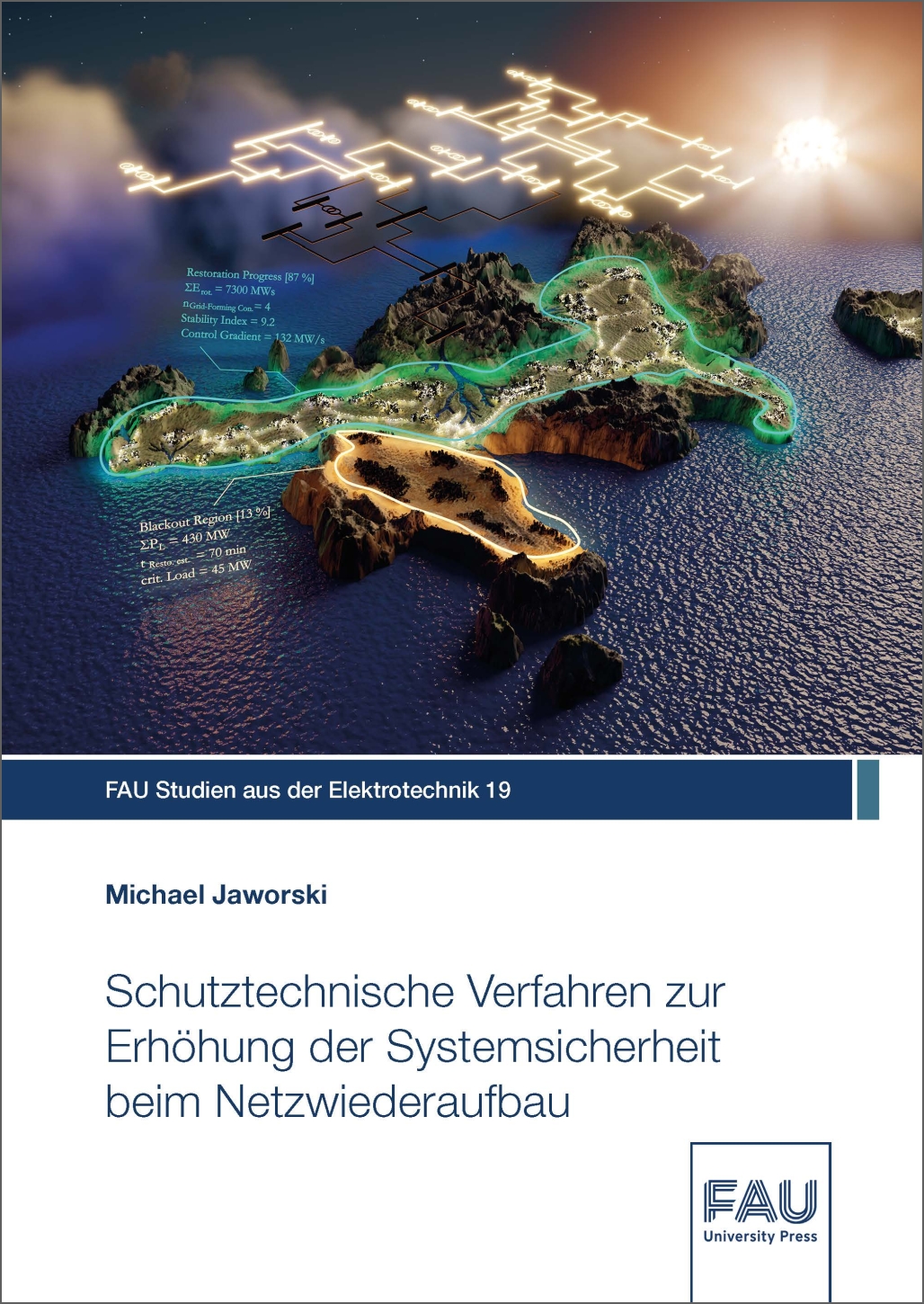Description
The electrical power system represents a critical infrastructure our modern society heavily relies on. The network of dependencies that originate from it permeates almost all of the other infrastructure sectors that exist next to it, thereby justifying the fundamental importance of its integrity. The collapse of an electrical power system, known as a blackout, develops considerable negative effects on the economic and humanitarian constitution of a society affected by it, depending on the duration of its effect and its topological dimension. Ultimately, power system restoration reflects the only solution to that problem.
However, this is a complex process, during which the system is in a state of significantly increased vulnerability compared to its normal operation. The knowledge base for the same process exists primarily in the form of system restoration plans and dedicated strategy concepts, which are not accessible to the public for good reason. This limited access to publicly available knowledge complicates the progress made within the framework of scientific discourse regarding this subject area.
The development and use of a real-time capable, modular power system restoration simulator represent a methodical initiative to deepen the research work on this topic.
Based on the scope of investigation that opens up in this way, the focus should be primarily on the development of application experience and increased transparency with regard to the strategic implementation of power system restoration processes.
However, scientific history shows that, in addition to some answers, primarily new questions arise from a deeper insight into a situation. Against this background, four problem areas are to be addressed by four developed solution approaches. The first problem subject relates to the aspect of protection technology in the form of a macroscopic perspective. Since protection concepts are usually tailored to a reference operating scenario, which is usually the same as planned normal operation, an analysis of the protection system behavior in the face of power system restoration is essential. A protection security assessment system developed as part of this work is used to evaluate the functionality of the installed protection system during all stages of the restoration process based on simulations in a fully automated procedure. This opens up the possibility of a targeted elimination of identified problem areas.


Reviews
There are no reviews yet.